Notice of Maternity Leave Letter Template for Employees
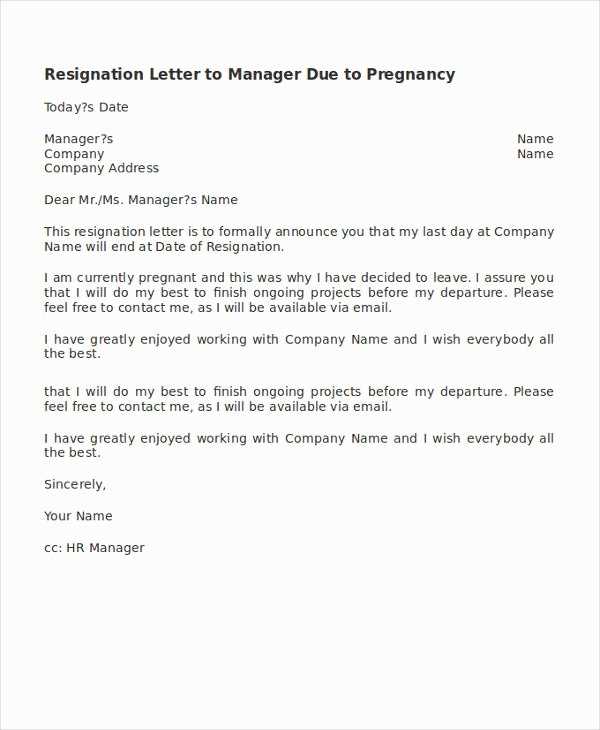
When preparing for a break from work due to the arrival of a new child, it’s important to formally notify your employer. This ensures proper communication and planning for your absence. A well-constructed communication can make the process smoother for both you and your organization.
Key Elements to Include in Your Communication
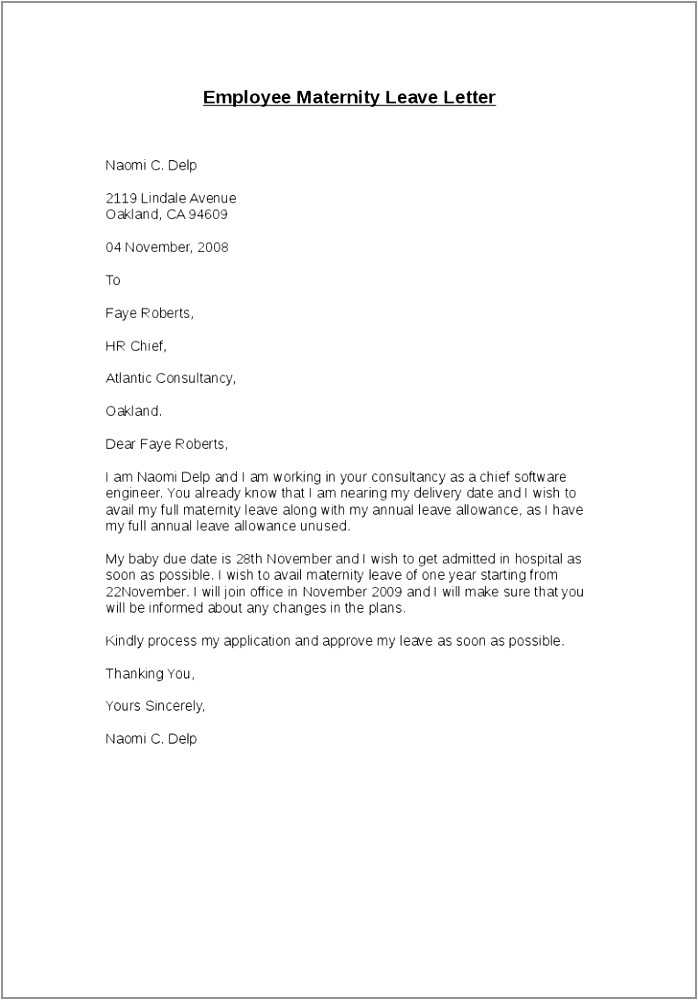
To ensure clarity and professionalism, certain details are necessary in your message. These elements allow the employer to understand your intentions and manage the transition accordingly.
- Duration of Absence: Clearly specify the start and end dates of your absence.
- Reason for Absence: Mention the general reason without going into too much detail.
- Contact Information: Provide a way to reach you for urgent matters during your time off.
- Transition Plan: If applicable, suggest who can handle your tasks in your absence.
Timing of Your Submission
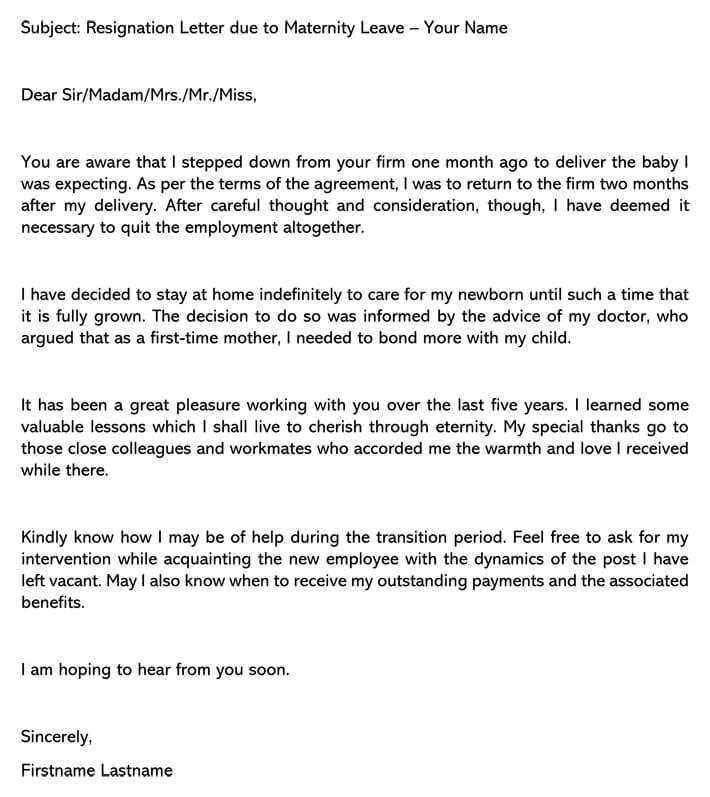
It’s best to inform your employer well in advance to allow adequate time for planning and adjustments. A notice submitted at least a few weeks before your planned break is generally recommended, but this can vary based on your company’s policies.
Tips for Effective Communication
When composing your message, maintain a professional tone. Be clear and concise, and avoid unnecessary details that may distract from the purpose of the communication. It’s also advisable to keep the language polite and appreciative, showing consideration for the impact your absence may have on the team.
Sample Template for Communication
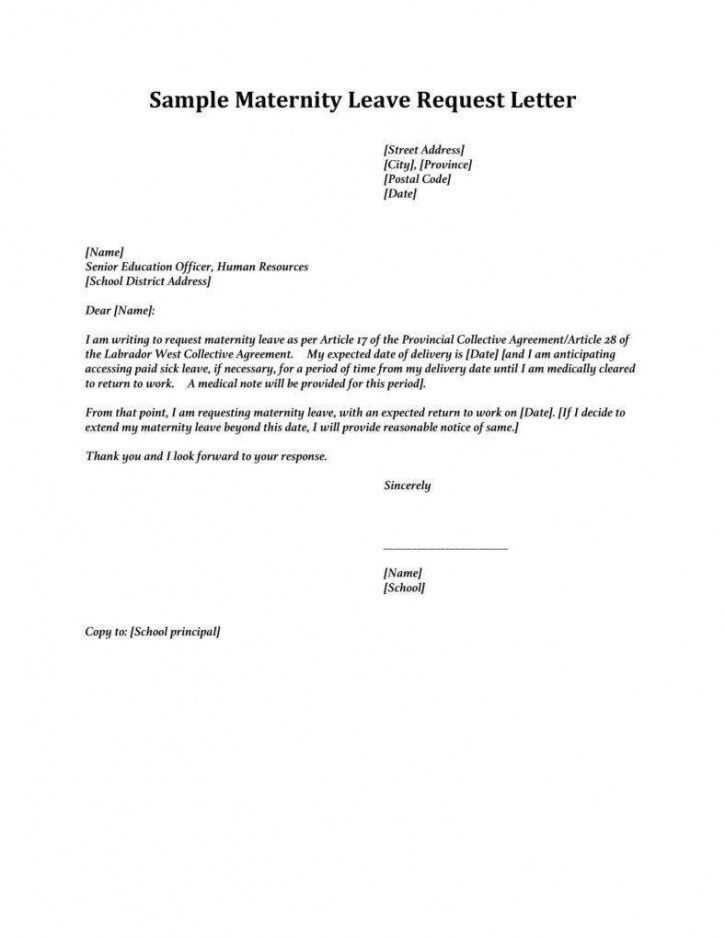
Here’s an example structure for a message that you can adapt based on your situation:
- Subject Line: “Request for Time Off Due to Childbirth”
- Opening: “Dear [Supervisor’s Name], I would like to formally inform you that I am planning to take time off from work starting [Start Date] through [End Date] in preparation for the arrival of my child.”
- Details: “During this period, I will ensure all my tasks are completed or delegated to the appropriate team members.”
- Closing: “Please let me know if there are any further details or arrangements we need to discuss. I appreciate your understanding.”
Why Informing Your Employer About Your Break is Essential
Informing your employer about an extended absence well in advance helps ensure a smooth transition and allows both you and your company to prepare adequately. Proper communication also demonstrates professionalism and respect for workplace policies, ensuring that your responsibilities are covered and your absence is managed efficiently.
Key Information to Include in Your Request
When notifying your employer about your absence, make sure to include crucial details such as the dates you plan to be away and any arrangements for handling your workload. A clear explanation of your timeline and the impact on your role will help avoid misunderstandings.
- Exact Dates: Specify the start and end dates of your planned absence.
- Contact Availability: Indicate how often you can be reached during your time away.
- Delegation of Duties: Mention any colleagues who will cover your responsibilities, if applicable.
How to Structure Your Communication
It’s important to present your message in a clear and organized manner. Start with a professional greeting and briefly state the reason for your absence. Follow up with the dates you expect to be away and any necessary details about workload distribution. Close with a polite thank you and an offer to discuss any further details.
Common Mistakes to Avoid: Avoid being vague about your dates or responsibilities, as this can lead to confusion. Also, ensure that your tone is polite and appreciative, as this helps maintain a positive relationship with your employer.
Ideal Timing for Submitting Your Request
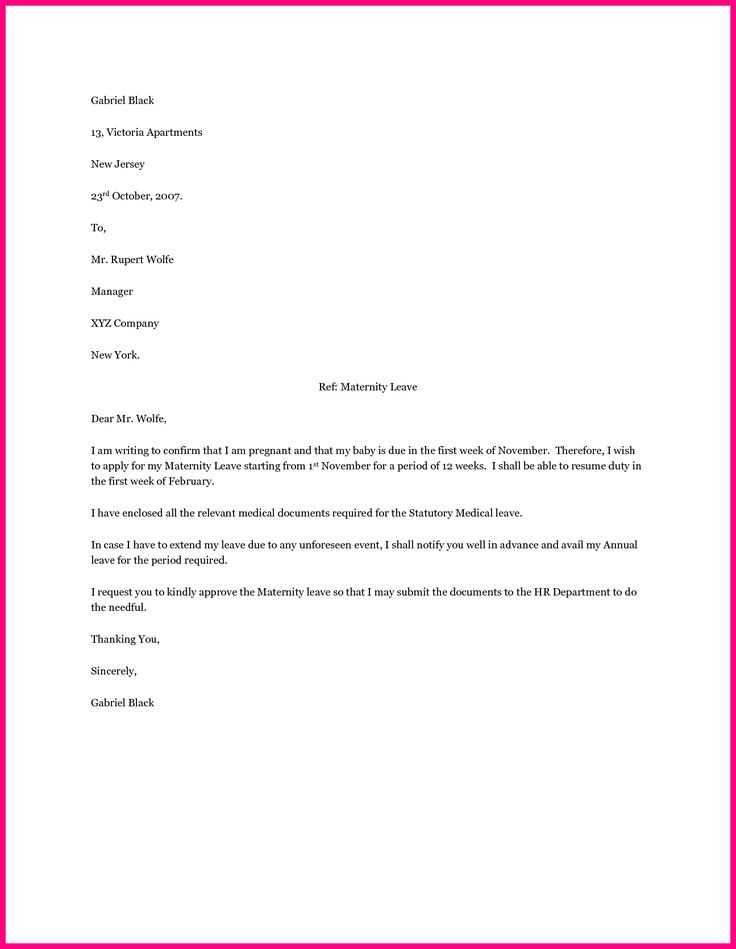
Submitting your request as early as possible is crucial. This gives your employer enough time to make arrangements and ensures a smooth transition. Aim to provide this notice several weeks in advance, though the exact timing may depend on your workplace policies.
Example Structure for Your Message:
- Subject: “Request for Extended Time Off”
- Opening: “Dear [Manager’s Name], I would like to inform you that I plan to take an extended break from [Start Date] to [End Date] due to the upcoming arrival of my child.”
- Details: “I will ensure that all tasks are either completed before my absence or delegated to a colleague.”
- Closing: “Please let me know if you need any additional information. Thank you for your understanding.”